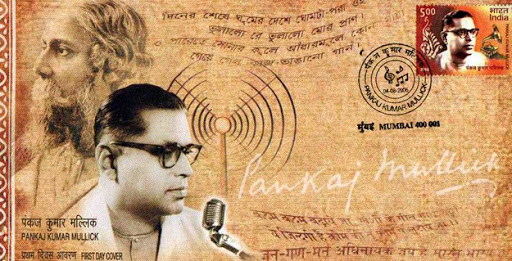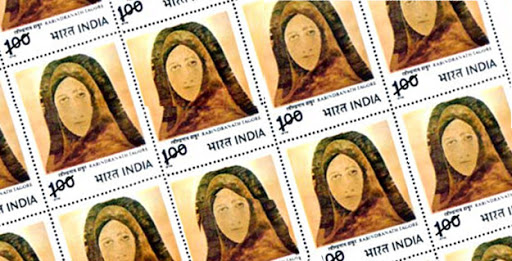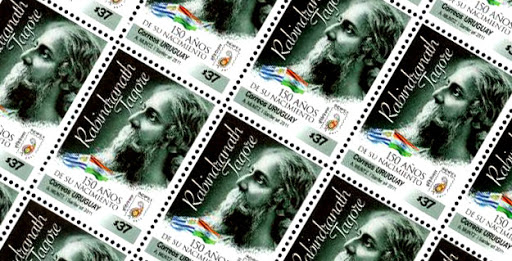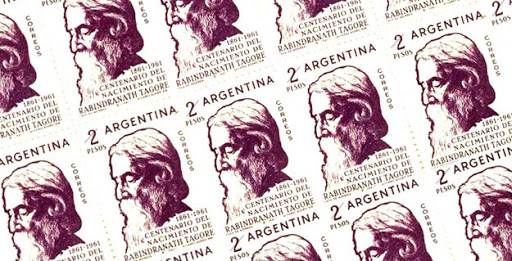The Salt Satyagraha, which began with the Dandi March on March 12, 1930, was an important part of the Indian independence movement. It was a campaign of nonviolent protest against the British salt tax in colonial India, and triggered the wider Civil Disobedience Movement. This was the most significant organized challenge to British authority since the Non-cooperation movement of 1920-22, and directly followed the Purna Swaraj declaration of independence by the Indian National Congress on January 26, 1930. Mohandas Karamchand Gandhi (Commonly called "Mahatma" Gandhi) led the Dandi march from his base, Sabarmati Ashram near Ahmedabad, to the sea coast near the village of Dandi. As he continued on this 24 day, 240 mile (390 km) march to produce salt without paying the tax, growing numbers of Indians joined him along the way. When Gandhi broke the salt laws in Dandi at the conclusion of the march on April 6, 1930, it sparked large scale acts of civil disobedience against the British Raj salt laws by millions of Indians.
After making salt at Dandi, Gandhi continued southward along the coast, producing salt and addressing meetings on the way. His group planned to stage a satyagraha at the Dharasana Salt Works, 25 miles south of Dandi. However, Gandhi was arrested on the midnight of May 4-5, 1930, just days before the planned action at Dharasana. The Dandi March and the ensuing Dharasana Satyagraha drew worldwide attention to the Indian independence movement through extensive newspaper and newsreel coverage. The satyagraha against the salt tax continued for almost a year, ending with Gandhi's release from jail and negotiations with Viceroy Lord Irwin at the Second Round Table Conference.Over 80,000 Indians were jailed as a result of the Salt Satyagraha. The campaign had a significant effect on changing world and British attitudes toward Indian independence and caused large numbers of Indians to actively join the fight for the first time. However, it failed to result in major concessions from the British.
The Salt Satyagraha campaign was based upon Gandhi's principles of nonviolent protest called satyagraha, which he loosely translated as "truth-force."(Literally, it is formed from the Sanskrit words satya, "truth", and aagraha, "asking for." ) In early 1930 the Indian National Congress chose satyagraha as their main tactic for winning Indian independence from British rule and appointed Gandhi to organize the campaign. Gandhi chose the 1882 British Salt Act as the first target of satyagraha. The Salt March to Dandi, and the beating by British police of hundreds of nonviolent protesters in Dharasana, which received worldwide news coverage, demonstrated the effective use of civil disobedience as a technique for fighting social and political injustice. The satyagraha teachings of Gandhi and the March to Dandi had a significant influence on American civil rights activist Martin Luther King, Jr., and his fight for civil rights for blacks and other minority groups in the 1960s











0 comments:
Post a Comment